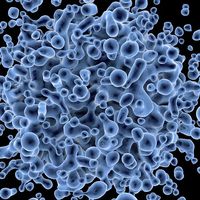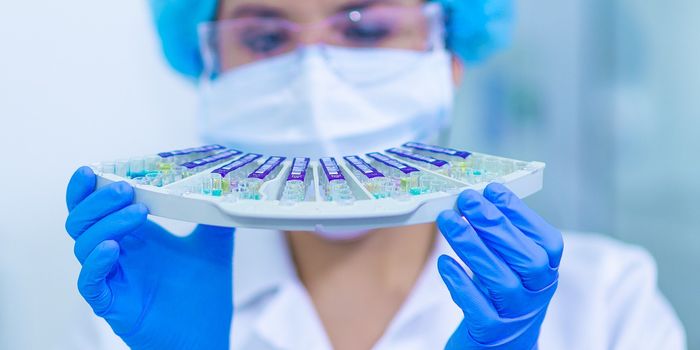Newly Discovered Mechanism Explains How Pathogens Avoid the Immune System
Pathogens enter the body in different ways, but once inside, our immune systems detect and eliminate the foreign invaders. In some cases, pathogens find a way to survive in our body, falling below the radar of our immune cells. Certain pathogens hide inside our healthy cells to survive. This process was investigated by researchers at the University of Basel in Switzerland. Interestingly, they discovered a new mechanism that bacteria use to spread throughout the body without detection.
Although immune cells monitor and survey the body for pathogens, bacteria can get into the cells and reside there undetected. One such bacteria that can use this process of evasion is known as Burkholderia pseudomallei. This particular bacterium is known to cause disease in tropical regions and is characterized by increased antibiotic resistance and high mortality rate. Due to its highly aggressive characteristics, B. pseudomallei is considered a biothreat agent and a less harmful form of the bacterium was used in the study, known as B. thailandensis. Although they are two different species, the mechanism works similarly in both. Work in B. thailandensis provides proof of concept and translational relevance to its more deadly counterpart.
The recent article published in Cell Host & Microbe, by Dr. Marek Basler and his team, demonstrated the mechanism by which this bacterium spreads from cell-to-cell without detection. Basler is a principal investigator at the Biozentrum or Center for Molecular Life Sciences at the University of Basel. His work focuses on the evolution of bacteria and the variety of ways it infuses proteins and toxins into host cells. Basler and his group discovered a mechanism in which bacteria use a small “spear-like” gun used in secretion, known as T6SS, to move from one cell to another. This finding transforms our understanding of bacterial infections and how to better combat them with antibiotics.
Basler and others build off previous literature noting that once bacteria enter a host cell, they use the cellular components and resources to fuse together with neighboring cells to spread. Further investigation indicated that T6SS can help bacteria move from cell-to-cell without fusing cells together. The use of the T6SS speargun disrupts the neighboring cell membrane to then enter the cell without activating an immune response. Usually, cells will detect the disrupted cell membrane and alert the immune system, but the T6SS cell membrane disruption limits immune detection. As a result, Burkholderia bacteria can spread through cell-to-cell fusion and directly move from one to another using T6SS. This newly discovered mechanism provides evidence for the aggressive nature and antibiotic resistance of the bacteria.
Overall, Basler and his team have discovered a unique way bacteria can spread throughout the body. This finding is paradigm shifting as it can inform scientists how to make stronger antibiotic drugs and attenuate bacterial infections that were previously known to be fatal. Moving forward, the research team hopes to explore mechanisms that trigger T6SS and prevent bacteria from spreading. This foundational discovery will help enhance current therapies and prolong patient survival.
Article, Cell Host & Microbe, Marek Basler, Biozentrum, University of Basel








